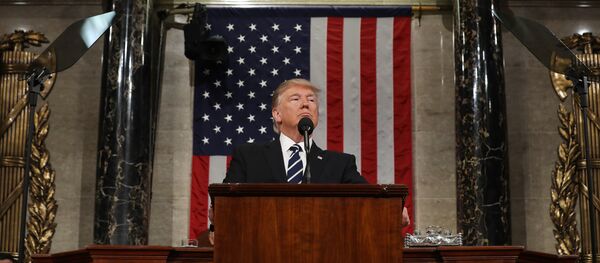Kristian Rouz – In February, the first full month under the new White House administration, the US economy has posted solid gains in job creation and modest improvements in worker compensation, brightening investor sentiment and suggesting that the Federal Reserve will most likely increase base borrowing costs during their policy meeting on March 14-15.
In February, US non-farm payrolls added 235,000 jobs due to the robust pickup in the construction sector, which gain momentum at its quickest in 10 years. Sky-high property prices across most US major metropolitan areas, rising rents, and an influx of foreign capital supported groundbreaking for new projects, and the rise of urban infill and redevelopment projects supported the job-creation momentum. Warm weather conditions in the North also allowed for quicker hiring in construction.
In January, the labour market turned out to have been in a better shape than previously thought, however, with the Labour Department having revised job gains that month to 238,000 from the previously posted 227,000.
US unemployment dropped to 4.7pc, whilst wages rose 2.8pc year-n-year in February, suggesting that wage growth is outpacing the inflation, likely pushing the prices higher and supporting the Federal Reserve’s agenda to raise borrowing costs as core prices index might be already overshooting the Fed’s 2-percent target.
"We’re getting closer and closer to full employment," Ryan Sweet of West Chester, PA-based Moody’s Analytics Inc. said. "Wages had been the one sore spot in the labour market data, and I think that’s coming through here. With inflation accelerating I think we’re going to start to see even stronger wage growth down the road."
Now that most investors and market observers tend to believe the March hike in Fed rates is going to happen, there is a downside to the upbeat macroeconomic data.
The sudden decline in oil prices weighed on the stocks of the US energy companies, bringing back the fears of disinvestment in US drilling. This might, in turn, affect the entire sector, impairing oil extraction and jobs.
Another downside is, the ongoing selloff in the bond market, stemming from the rising investor appetite for risk and higher returns, hit the US small caps, as reflected by the Russell 2000 Index’ decline of 2.1pc this year – the past three weeks were particularly hard for the small-capitalised companies.
The retail sector lost 26,000 jobs in February, utilities lost another 1,000 jobs, whereas manufacturing jobs added 28,000 that same month because of the rising demand for mechanical and electric furnaces, mostly fuelled by the higher oil prices. Now that the oil prices dropped 3.5pc, the sustainability of hiring in the US manufacturing this month looks questionable.
"This market is now facing its biggest challenge," Yousef Abbasi of New York-based Jonestrading Institutional Services LLC wrote. "The most substantial fly in the ointment is the break-down in crude this market is experiencing. For most of this year, we’ve managed to ignore rising inventories for crude and refined products while speculators were record long."
While the Fed is expected to raise base borrowing costs to 0.75-1.00pc March 14-15, the continued appreciation of credit might hit the real estate market, and the already prohibitively high property prices might wear down the effective demand in this market. All these put the gains in construction jobs into jeopardy.
All that being said, the current acceleration in the US economy is not sustainable as it is not rooted in positive dynamics across at least more than half of all sectors of the economy. Tax cuts and greater budget spending might help balance the situation, but these measures have yet to be announced and will hardly go into effect before next year.



